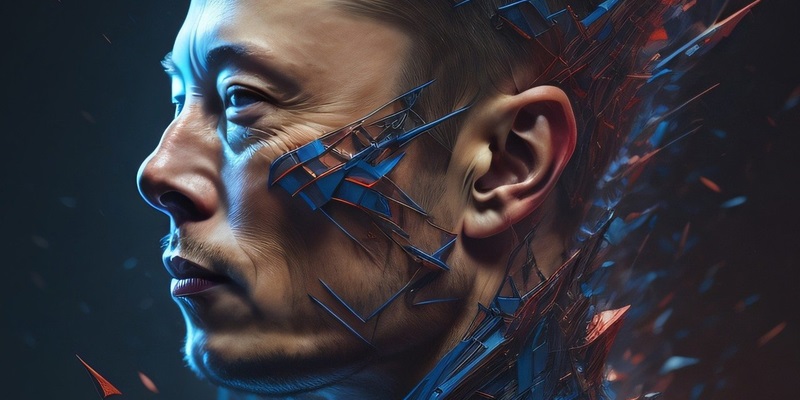Elon Musk’s startup, xAI, has made waves in the AI sector by releasing its powerful AI model, Grok, under an open-source Apache 2.0 license. This move democratizes access to advanced AI, previously limited to subscribers of Musk’s platform, X. Grok boasts 314 billion parameters and raises the bar for transparency in AI development, aligning with Musk’s stance against the encroachment of censorious ‘woke’ ideologies in tech. The openness of Grok invites developers and researchers to explore and enhance this large language model, though it omits the original training data and real-time data streams that fine-tuned its capabilities. ‘Grok,’ a nod to Douglas Adams’ work, marks a playful yet serious foray into the competitive AI landscape, directly challenging established entities like OpenAI’s ChatGPT.
The OpenAI Controversy Connection
Elon Musk’s move to open-source Grok also appears to be a strategy imbued with layers of significance. Amidst controversies surrounding OpenAI, Musk’s decision stands out as a critique of the organization’s shift from nonprofit values, underscored further by his lawsuit against them. By taking Grok public, Musk not only champions the principles of AI transparency and neutrality but also directly challenges OpenAI’s approach in the industry.
This pivotal action by xAI under Musk’s direction opens new horizons for AI research and application, encouraging an ecosystem where innovation is not tethered to large corporations or exclusive memberships. Grok’s release has not been without skepticism, as alarm bells have rung over the potential dangers of such a powerful AI becoming universally accessible. Still, it has undeniably been met with applause from various factions that support open-source philosophy and share Musk’s vision for a more open and collaborative future in AI.
Opportunities and Ethical Dialogues
Elon Musk’s release of Grok’s source code marks an inflection point in tech, sparking vital discourse on AI’s ethical use. It offers a new foundation for advancements in AI, ushering in an era where the community must balance innovation with the responsibilities that accompany widespread access to cutting-edge AI. Grok has the potential to revolutionize fields from research to entrepreneurship, expanding the horizons of possibilities.
As Grok joins the ranks of open-source tools, it promises to democratize AI knowledge, propelling forward-thinking debates across various platforms, including industry conferences and think tanks. The AI sector is now tasked not only with exploring Grok’s expansive potential but also with fostering safeguards against possible misuse. The impact of Musk’s decision will reverberate through the corridors of AI development, setting the stage for pivotal changes in how we leverage technology responsibly.
Forging Ahead in AI
Grok going open-source is more than a technological leap, it’s a cultural wave altering AI’s global perception and utilization. The model doesn’t just challenge incumbents—it democratizes AI, inviting wider participation in its future direction. As the world delves into Grok’s code, it paves the way for diverse contributors to leave their mark on AI’s evolution, potentially democratizing the landscape.
Musk’s push for an open, collective approach in AI is embodied in Grok. By sharing this powerful tool, he posits that cooperative innovation can accelerate progress more than isolated efforts. The endless possibilities of such an open-source endeavour hinge on the AI community’s engagement. Its uptake and enhancement of Grok will reveal much about the future course of AI, potentially signalling a new age of innovation marked by universal access to advanced technologies.

